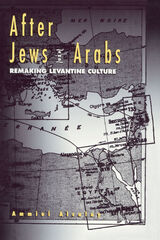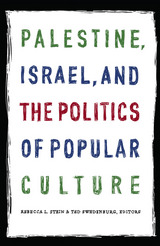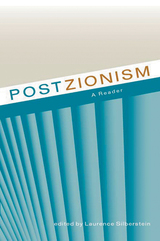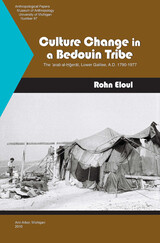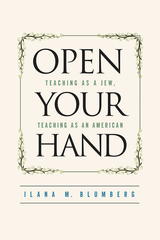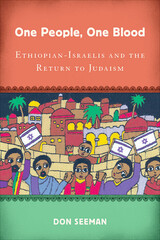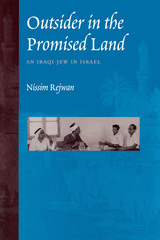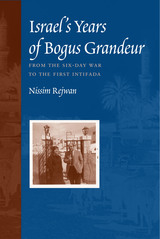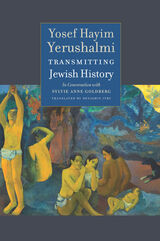Cloth: 978-0-674-04315-2
Library of Congress Classification DS113.7.C33
Dewey Decimal Classification 305.892756940569
With the capture of East Jerusalem by Israel in the Six-Day War, the historic spot became a magnifying lens for the conflict between Arabs and Jews. Gerald Caplan, a community psychiatrist renowned for his work with normal people under stress, explores in this study points of friction between the two populations and offers new insight into the sources of tension.
Dr. Caplan investigated the relations between Arabs and Jews in a variety of settings, ranging from a moment of crisis, the burning of a mosque, to more routine, everyday contacts, as in government offices and the market place. These interactions suggested a characteristic pattern of negotiating disputes, which was borne out in the course of a stand-up confrontation between the Arabs and the Israeli government over the payment of taxes. Fortified with his new understanding of the dynamics of Arab-Jewish behavior, Dr. Caplan then embarked on a pioneering effort to establish a vocational education program for the Arabs of Jerusalem.
His experiences, described in this book, enlarge the function of the community mental health consultant well beyond its traditional bounds. The conclusions are applicable throughout the world, wherever dissonance and strife prevail--be it Boston, Belfast, or Berlin.
See other books on: Arab | Jerusalem | Jew | Jewish-Arab relations | Palestinian Arabs
See other titles from Harvard University Press








